Testosterone therapy may be an option for women to help address low libido
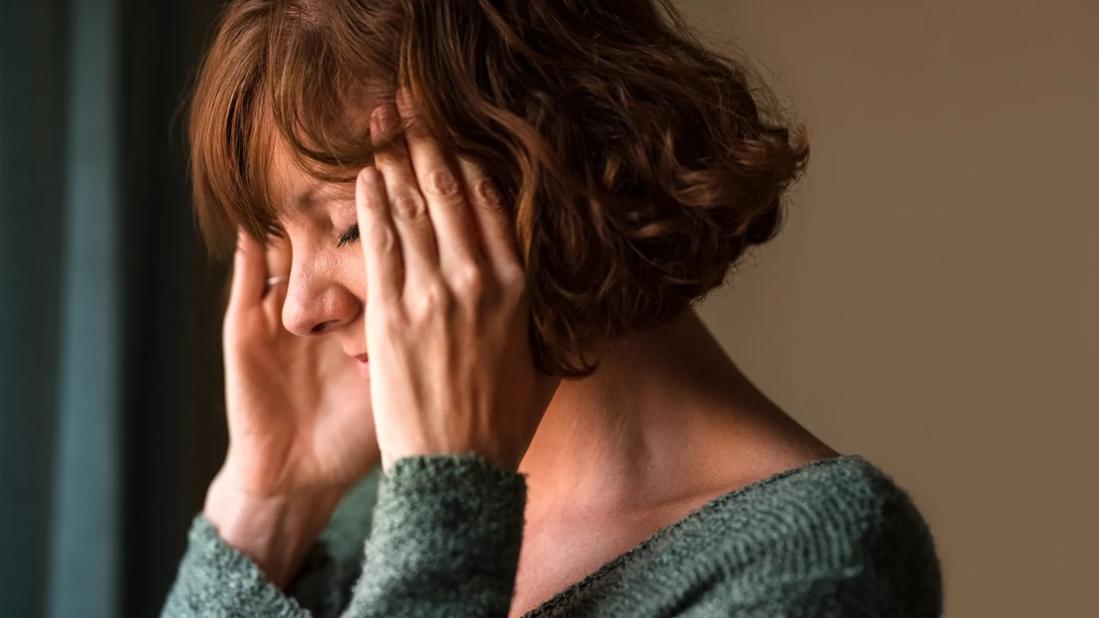
When it comes to sex hormones, testosterone is typically talked about as being a “guy thing.” But women also produce testosterone, albeit at much lower levels, and need it for their overall health.
Advertisement
Cleveland Clinic is a non-profit academic medical center. Advertising on our site helps support our mission. We do not endorse non-Cleveland Clinic products or services. Policy
If a woman’s testosterone levels somehow dip too low, it can show in a variety of ways. Ob/Gyn Talia Crawford, MD, explains the potential effects and what can be done about them.
Testosterone is mainly produced by your sex organs, or gonads. (That means the ovaries and testicles.) Testosterone levels across the sexes remain about the same until puberty, when the amount in males skyrockets.
In adulthood, the typical testosterone level for women is around 40 nanograms per deciliter (ng/dL), though the normal range varies from 15 to 70 ng/dL. It’s important to note that there isn’t a defined deficiency level in women. (Levels for men may range from 193 to 824 ng/dL.)
Testosterone plays a role in women’s:
“Part of the confusion with testosterone and estrogen is that we genderize them and call them ‘sex hormones,’” says Dr. Crawford. “But in reality, both have important biological functions in both men and women.”
Common signs of low testosterone in women include:
The problem is that A LOT of things can contribute to these kinds of symptoms. Being tired, for example, doesn’t necessarily mean your testosterone is low. Ditto for any of the other potential indicators.
Advertisement
“These are symptoms that are multifactorial, so they can have a lot of causes,” confirms Dr. Crawford. “It’s tough to just blame them on testosterone.”
A blood test is the only way to check for low testosterone in women. But even then, interpreting can be tricky because testosterone levels naturally fluctuate (including during your menstrual cycle).
Testosterone may be prescribed to treat low libido in women, most often as you enter menopause and in the years that follow. Low libido is the ONLY symptom of low testosterone in women where there’s adequate evidence to support the use of testosterone therapy.
Overall, testosterone therapy for women remains understudied, says Dr. Crawford.
“We know testosterone has beneficial effects for women,” she clarifies. “But we just don’t have data to support supplementing testosterone in women for other symptoms, like low energy or maintenance of bone and muscle mass.”
The data that’s available indicates testosterone therapy may not help improve other symptoms.
It should be noted, too, that the U.S. Food and Drug Administration (FDA) hasn’t approved any specific testosterone treatment for women. The testosterone that’s prescribed is a small dose based on what’s approved for men. (That off-label use is backed by research, affirms Dr. Crawford.)
Some other nations — including the United Kingdom, Australia, New Zealand and South Africa — have approved testosterone products for women.
Testosterone treatment comes in many forms, but prescription creams are the safest and most common testosterone products prescribed for women in the United States. It’s typically applied to the lower abdomen or buttocks.
Dr. Crawford cautions against using other treatment methods, such as injections or pellet implants, given the difficulty in controlling the amount of the hormone absorbed. “They can result in very high testosterone levels, which can cause adverse side effects,” she warns.
Supplements are largely unregulated in the U.S., so it’s best to avoid medicating with over-the-counter testosterone products, given questions and concerns about their quality and strength.
Potential side effects of testosterone therapy in women include:
Regularly testing testosterone levels is an important part of treatment to ensure the hormone level stays in a safe range for women, says Dr. Crawford. Testing typically occurs within four to six weeks of starting therapy, followed by assessments every six months thereafter.
Advertisement
“We really need to be careful not to go outside of the therapeutic range,” she adds, who also advises against extending treatment beyond two years due to potential risks and lack of research to support safety.
Remember to discuss the risks of each treatment method with your healthcare provider. Many well-respected medical societies and healthcare experts advise against treating low testosterone in women unless specific criteria are met. Additionally, testosterone treatment generally isn’t recommended for women with:
If your sex drive has slowed to the point where it’s bringing you emotional distress, Dr. Crawford recommends talking to a healthcare provider about options. It’s important to weigh other factors — such as environmental, medical and social causes — before considering medication.
“It can be complicated,” she notes. “Testosterone treatment can be an option if you have low libido, but it’s not your only option. Talk with your doctor about what might be best for you.”
Advertisement
Learn more about our editorial process.
Advertisement
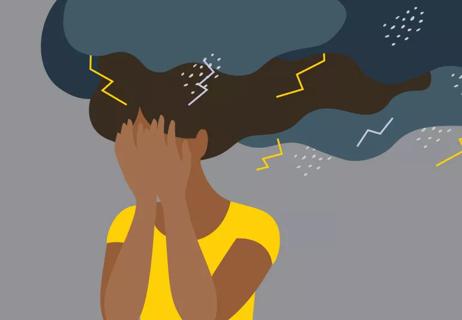
Symptoms are subtle, but could include a reduced libido and mood swings

Vasectomies and masturbation don't lower your testosterone levels
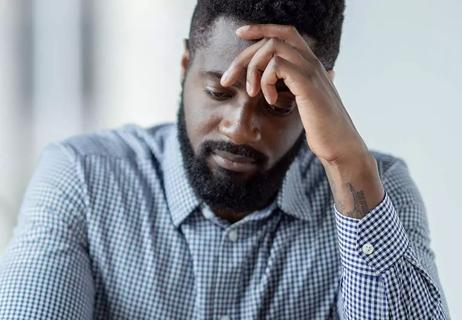
Low testosterone levels can mimic symptoms of depression and cause anxiety over time

Lifestyle choices are often a contributing factor for low-T
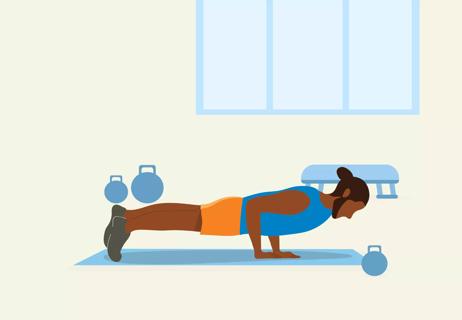
Low T can decrease fertility, but there is hope
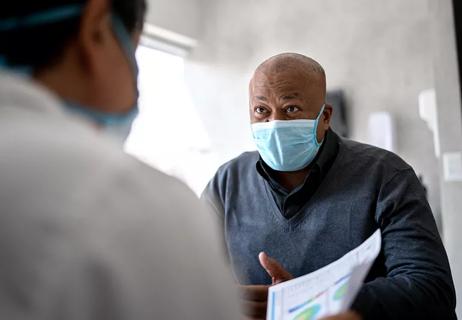
Over-the-counter supplements aren’t the answer

For large breasts, wearing a bra may provide support that helps alleviate back pain — but if you’re comfortable without one, go for it!

They have no proven benefits but can cause infection, damage your pelvic floor muscles and get stuck inside you

Start having sex about 72 hours before ovulation, then at least every other day during your fertile window

Attachment theory suggests that your earliest relationships shape connections throughout your life

It isn’t a recognized mental health disorder, but research shows that problematic social media use can negatively affect your mental health, self-esteem and sleep